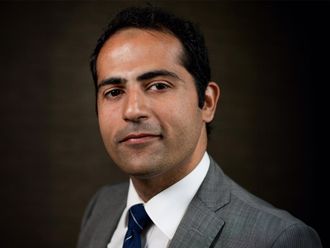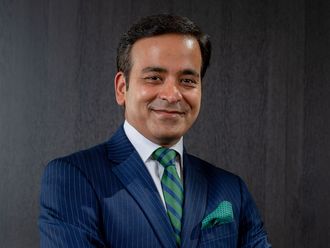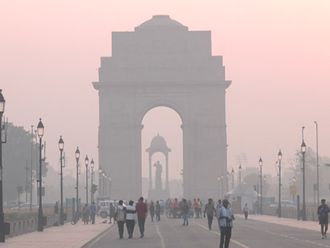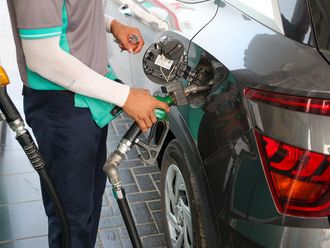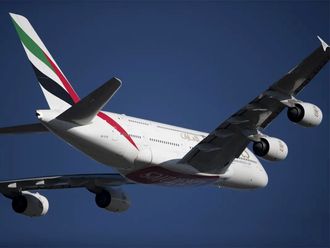Saudi Arabia's budget for 2011 is generous on spending, and thus serves the purposes of achieving sustained economic growth levels and creating job opportunities for nationals.
Released last week, the kingdom's budget for fiscal year 2011 stands at $154 billion (Dh565 billion), up 7 per cent compared to the original figure for 2010. Concurrently, projected revenues amount to $144 billion, up 15 per cent compared to planned income for 2010.
Accordingly, the budget assumes a deficit of $10 billion, or 2.3 per cent of the country's gross domestic product (GDP) in current terms. Fortunately, this level of deficit meets the key criteria of the Gulf Monetary Union (GMU) project, in turn launched at the start of 2010. The GMU restricts the budget deficit to three per cent of GDP. Saudi Arabia, Kuwait, Qatar and Bahrain are members of the GMU within the six-nation Gulf Cooperation Council (GCC).
In reality, the government budget is uniquely significant in Saudi Arabia as it accounts for more than one third of the country's GDP. To be sure, the spending figure of $154 billion represents a hefty 36 per cent of the country's $427 billion GDP.
On the one hand, a powerful public sector causes what is known as crowding out. The notion reflects possible preferences offered to the relatively secured public sector compared to private sector enterprises when it comes to competing for finances, for instance.
Global crisis
On the other, steady public sector spending encourages private sectors to follow suit. This is particularly significant as the kingdom attempts to do away with lingering adverse consequences of the global financial crisis. Uncovered in the summer of 2008, the financial crisis caused a drop in economic confidence, among other problems.
Chances are the projected deficit for 2011 would turn into surplus, much like that of fiscal year 2010. Available statistics relating to 2010 suggest a whopping $29 billion surplus on the back of stronger oil income, reversing a projected shortfall of $19 billion. In fact, this level of surplus was achieved notwithstanding a 16 per cent growth in spending, in turn made possible by stronger oil income. Certainly, the petroleum sector plays a significant role in the Saudi economy, partly reflecting the fact that the kingdom is the largest oil exporter in the world. Traditionally the petroleum sector contributes about 76 per cent of Saudi Arabia's treasury income. However, the level rose to 91 per cent in 2010 on the back of stronger oil prices versus the budget, yet not unusual for a country known for adopting conservative fiscal practices.
In another positive trend, the authorities used extra oil proceeds and hence surplus to reduce the country's debt level. Official figures put outstanding government debt at $45.5 billion by year-end 2010, down from $60 billion in 2009.
As such, the debt level decreased from 16 per cent to 10.6 per cent of the GDP in current terms in 2009 and 2010, respectively. Arguably, this debt level is considerably below the 60 per cent stipulated by the GMU project. Of all economic challenges, the Saudi authorities need to address the unemployment headache, which according to latest available statistics stand at 9.6 per cent.
Yet Saudi Arabia's ninth development plan, covering the period 2010 to 2014, aims to reduce the jobless rate to 5.5 per cent. Still, demographic facts add to jobless pressures. Some 38 per cent of Saudis are below the age of 14 and thus many youths will enter the job market in the years to come looking for suitable employment opportunities.
Arguably, stronger public and private spending serves the noble objective of bringing unemployment to a more reasonable rate.
- The writer is a Member of Parliament in Bahrain.




